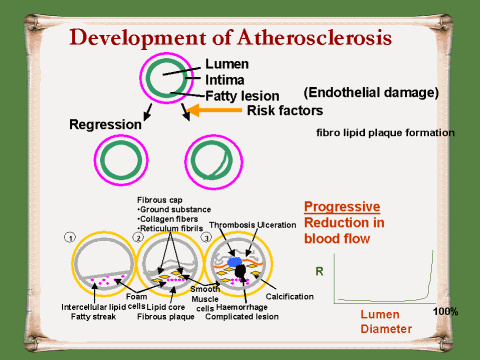 |
The failure of
antioxidant vitamins to influence clinical outcomes may have many
explanations, including the inability of vitamin E to prevent the formation
of these oxidized phospholipids and other lipid oxidation products of the
myeloperoxidase pathway.
HDL, apoA-I, and apoA-I mimetic peptides have been shown to prevent LDL
oxidation in cell-free systems (1, 13, 14) and in the artery wall coculture
studies of Navab et al. (Heinecke, J. W. 2003. Oxidative stress: new
approaches to diagnosis and prognosis in atherosclerosis. Am. J. Cardiol.
91: 12A–16A )
|
